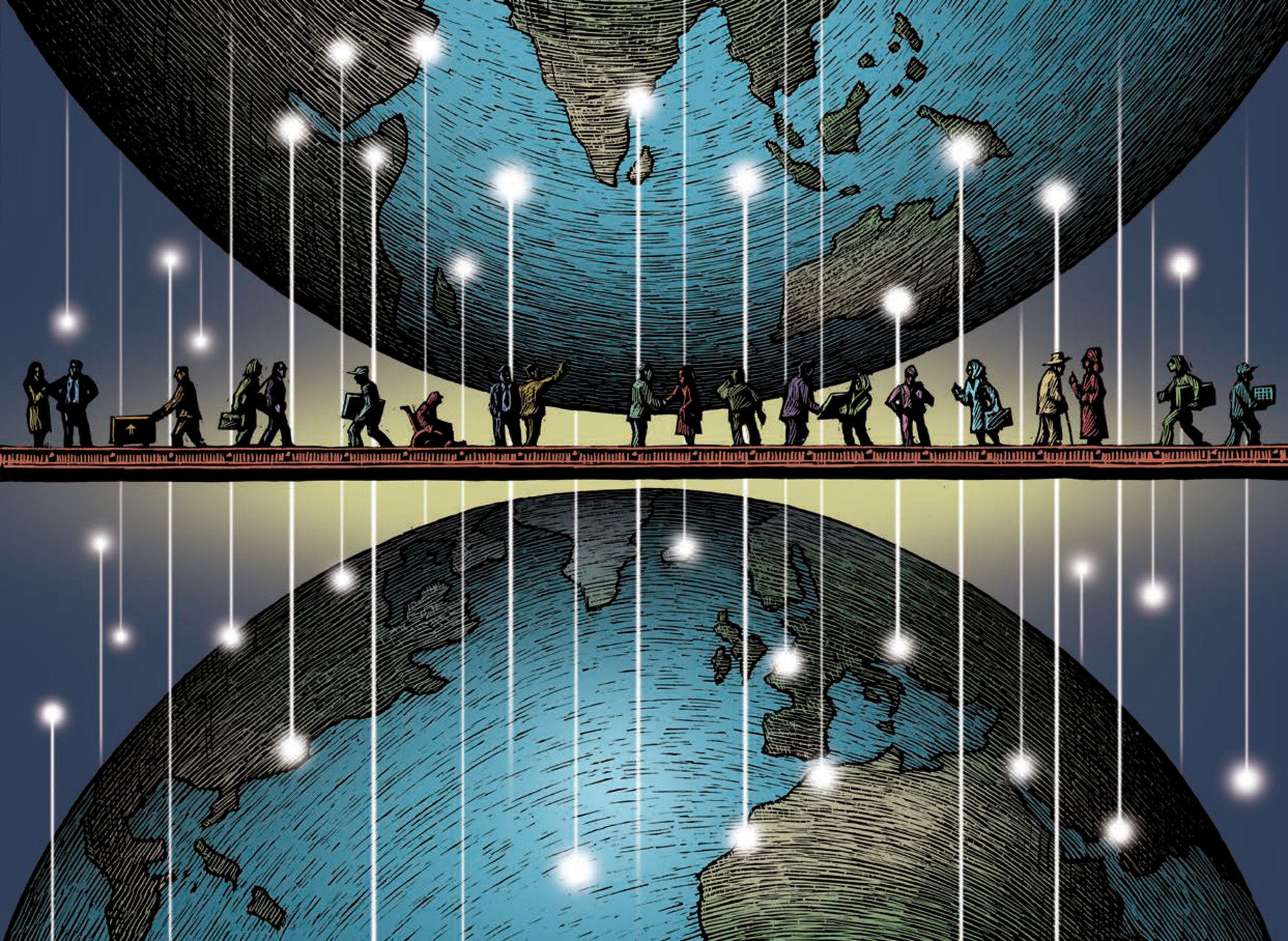In 2018, 40 000 new immigrants obtained a residence permit longer than 12 months in Hungary (excluding EU citizens), 100% more than in 2017. This figure comprises 60.6% labour migrants, 12.6% family members (including accompanying family), 14% who came for education reasons and 12.7% other migrants. Around 5 200 short-term permits were issued to international students and 7 400 to temporary and seasonal labour migrants (excluding intra-EU migration). In addition, 17 000 intra-EU postings were recorded in 2018, an increase of 33.6% compared to 2017. These posted workers are generally on short-term contracts.
Ukraine, Serbia and Romania were the top three nationalities of newcomers in 2018. Among the top 15 countries of origin, Ukraine registered the strongest increase (10 000) and China the largest decrease (‑300) in flows to Hungary compared to the previous year.
In 2019, the number of first asylum applicants decreased by ‑26%, to reach around 500. The majority of applicants came from Afghanistan (200), Iraq (200) and Pakistan (25). The largest increase since 2018 concerned nationals of Turkey (+5) and the largest decrease nationals of Afghanistan (‑85). Of the 700 decisions taken in 2019, 8.5% were positive.
Modifications to the legislation concerning third-country nationals in Hungarian families entered into force in January 2019. The changes require third-country national members of Hungarian families to apply for residence permits and eventually subsequent work authorization for the applicable purpose of their stay.
Since January 2019, administrative procedures that do not require coming in person are possible online. Via the website ‘Enter Hungary’, individuals or their authorised legal representatives may submit their applications for an initial or extension of their residence permit electronically. In January 2019, Hungary finalised the transposition of the Directive 2016/801/EU on trainees.
In August 2019, Hungary accepted its new Integrated Border Management Strategy for the period 2019‑21. It focuses on safeguarding external EU borders and internal security and freedom of movement in the Schengen Area, through special border control organisations, extensive coordination and collaboration as well as state-of-the-art technologies. It aims to ensure consistency between the national and EU border management objectives.
In May 2020, the European Court of Justice (ECJ) ruled the practice of retaining asylum seekers for excessively long periods in transit zones to be deprivation of liberty. The court found the existence of transit zones lawful, but limited the maximum time individuals may be held there to four weeks – thereafter they must be allowed to enter Hungary. Following this, Hungary closed the transit zones on its borders to Serbia. Affected asylum seekers were moved to reception centres. Hungary announced that in the future asylum applications must generally be submitted to foreign missions in bordering countries, with the exemption of family members of recognised persons and detainees who legally crossed the border.
Hungary has taken several steps to address trafficking in human beings in recent years. The Ministry of Interior has developed a manual to provide quick assistance and to enhance victim identification among third country nationals residing in Hungary. In February 2020, a new anti-trafficking strategy was adopted to improve the anti-trafficking legal environment.
In July 2019, Hungary transformed the Immigration and Asylum Office into the National Directorate-General for Aliens Policing. It is now operating as a law enforcement agency. Under the supervision of the Ministry of Interior, it continues to deal with matters relating to the entry, stay and settlement of foreign nationals.
Due to the spread of COVID‑19, Hungary classified sending countries into three groups depending on the current spread of the virus: green (low infection level), yellow (less serious infection level) and red (severe infection level). Hungarian citizens arriving from a country classified as green can enter Hungary without restrictions, if arriving from the territory of a country marked yellow or red they shall undergo a medical check. Same rules apply to foreign migrants who are permanent residents, family members of Hungarian citizens or of permanent residents, persons holding a residence permit exceeding 90 days. Different rules apply to border crossings of persons employed in the agricultural sector, in limited area (30 km) and to athletes and sports professionals coming for international sports events.
For further information:

